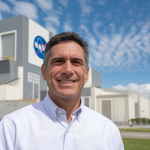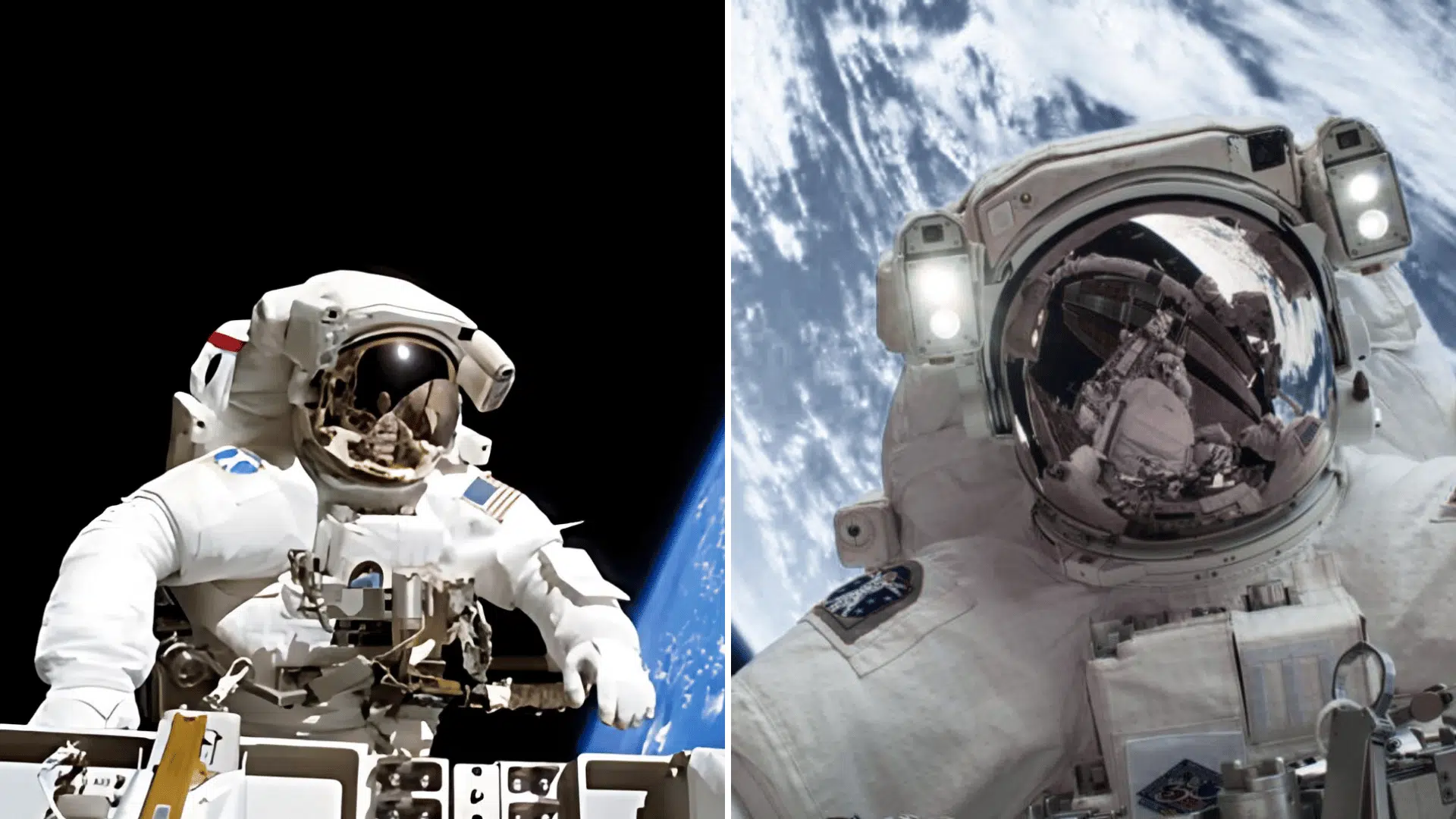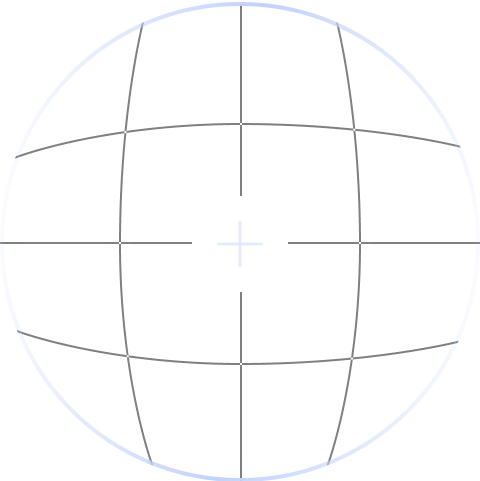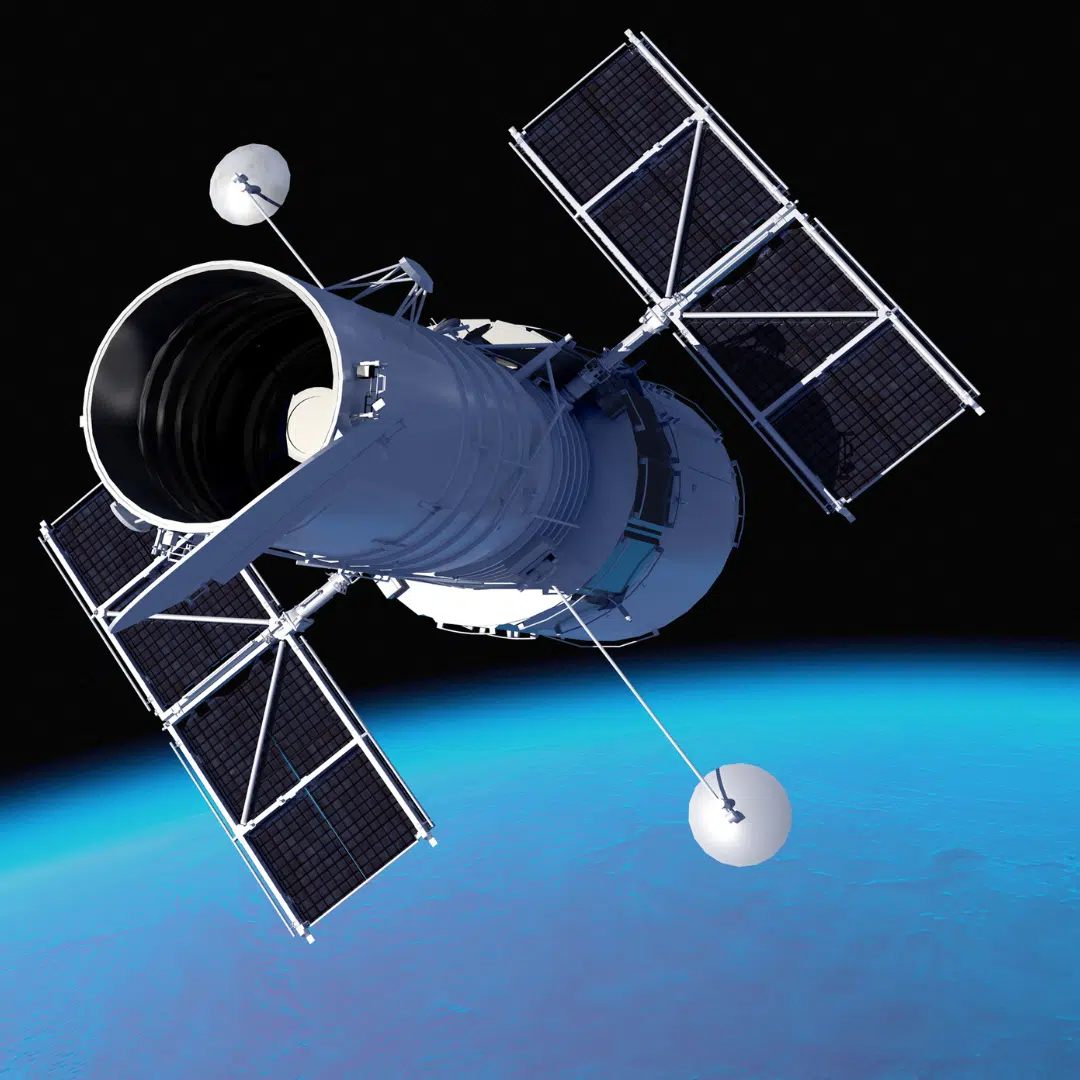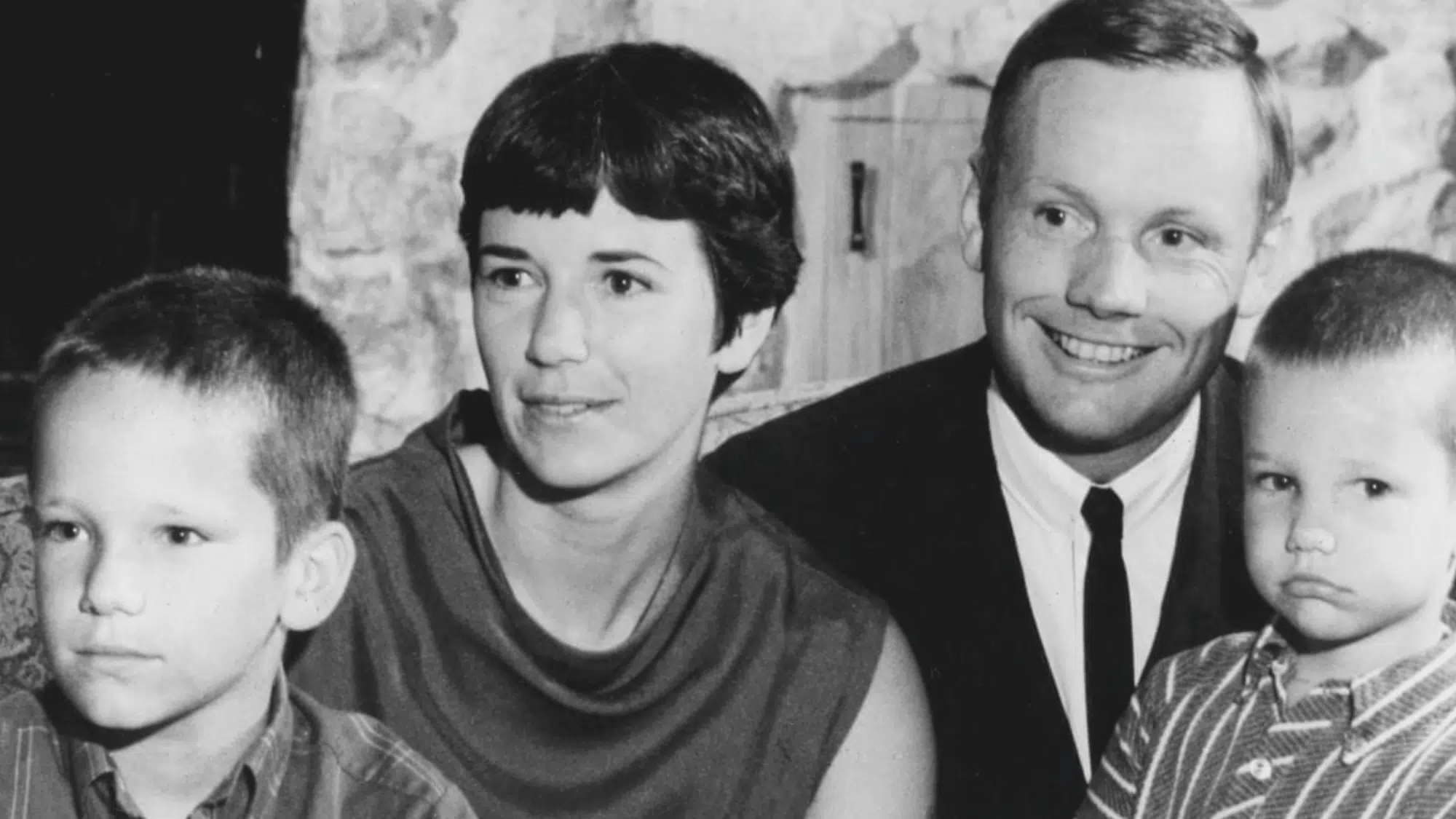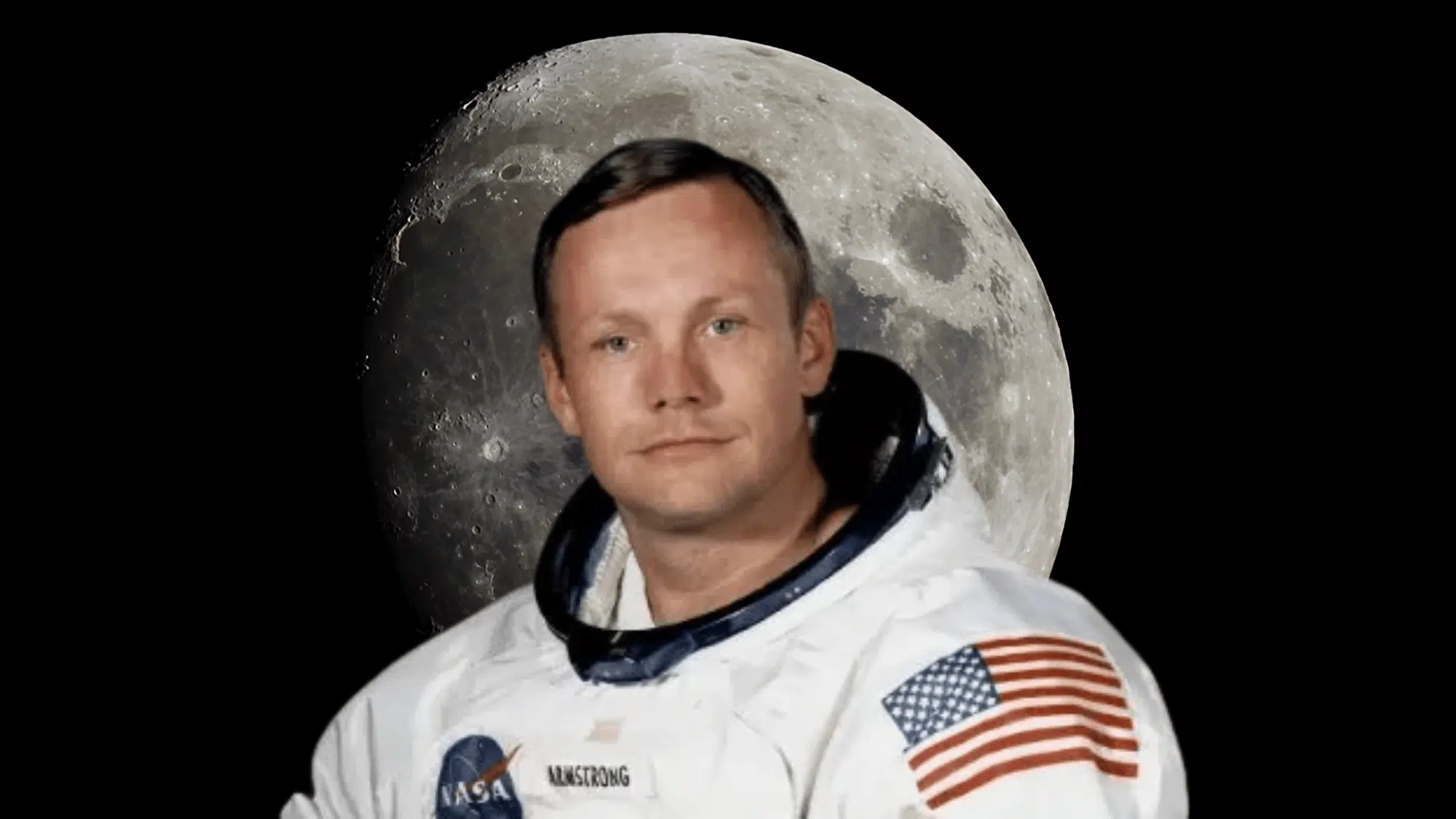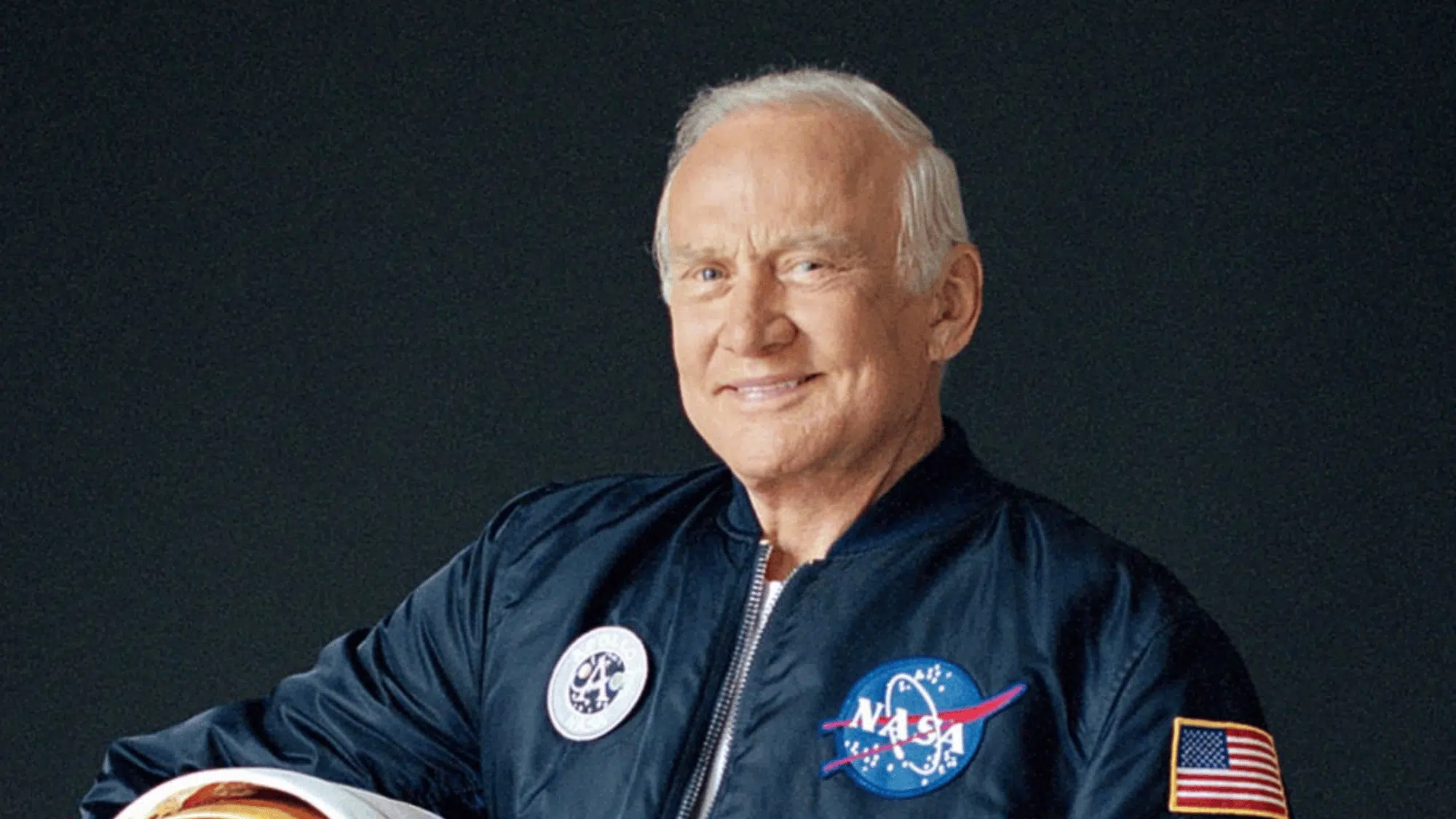Many people wonder how much astronauts get paid for their dangerous and exciting work in space exploration.
The astronaut’s salary depends on several factors, including education, experience, and the space agency they work for.
Astronauts who work for NASA, ESA, or other national programs follow official pay grades similar to other government jobs, while commercial space companies may offer higher pay and bonuses.
By learning how astronaut salaries are structured across different agencies, we can better understand how various countries value space exploration and the brave people who risk their lives to study and work beyond Earth.
How Astronaut Salaries are Structured
The astronaut’s salary structure follows government pay scales in most countries because space agencies are typically government organizations that must follow official rules.
An astronaut’s salary depends on several factors, including education level, years of experience, military rank for military astronauts, and the number of missions they have completed successfully.
Most space agencies use a grade system where astronauts start at lower grades as candidates and move up to higher grades as they gain experience and complete training.
The astronaut’s salary increases automatically each year within their grade level, and they can also get promoted to higher grades for exceptional work.
Special pay bonuses may be awarded for hazardous missions, extended periods in space, or leadership roles on the International Space Station.
What are the Salaries of the NASA Astronauts?
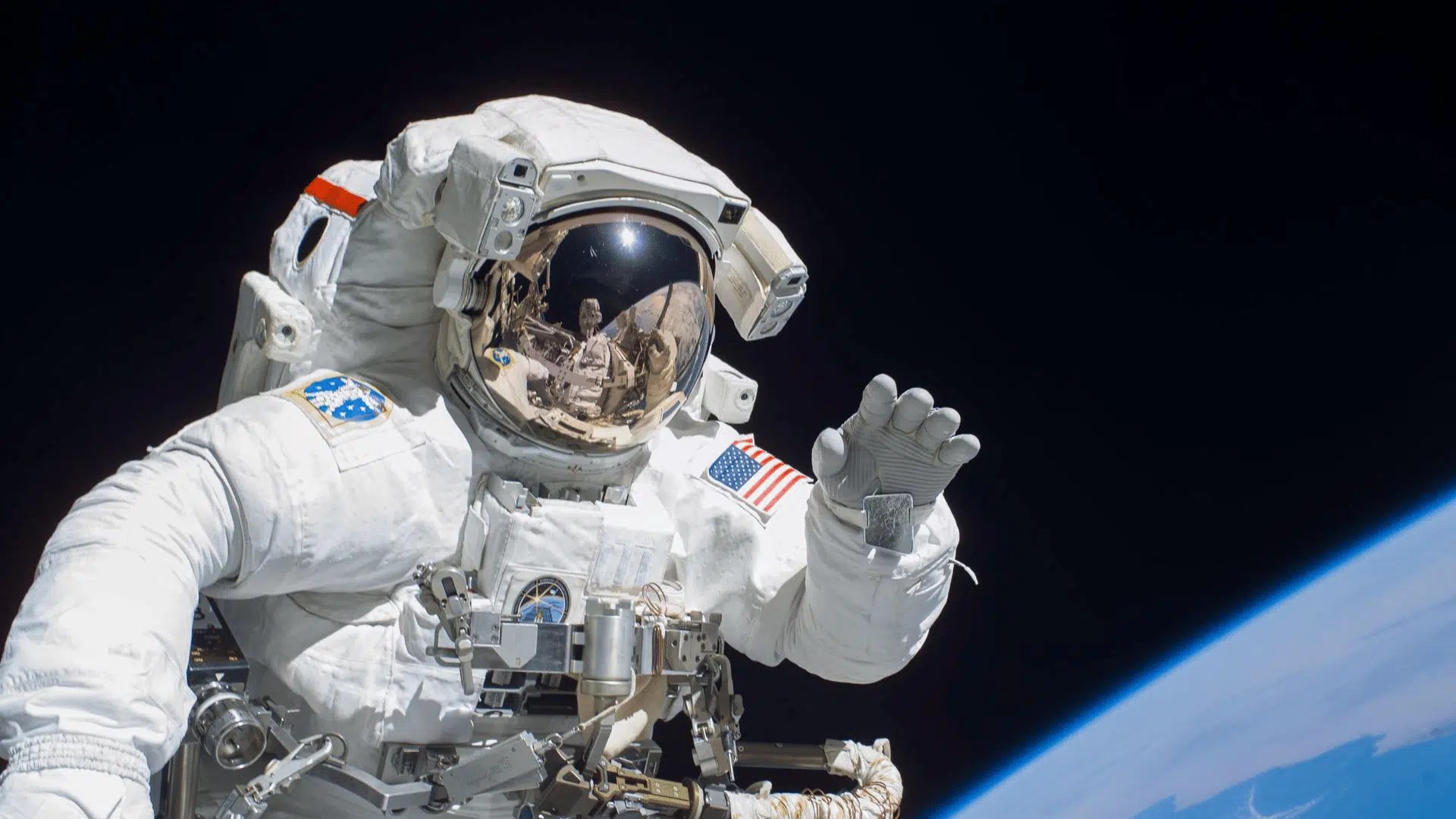

Image Source: NASA
NASA astronaut salaries follow the U.S. government’s General Schedule pay scale, which determines how much federal employees earn based on their job grade and experience.
The astronaut salary at NASA ranges from around $104,000 per year for new astronaut candidates to around $161,000 per year for experienced astronauts at the highest grade levels.
Civilian astronauts at NASA are classified as GS-12 to GS-15 grade levels depending on their qualifications and years of service.
Military astronauts retain their military rank and receive military pay plus special duty pay for their astronaut work.
How much an astronaut makes at NASA also depends on where they live, as some locations have higher cost-of-living adjustments added to base pay.
What are the Salaries of ESA Astronauts?
The European Space Agency structures its astronaut salary differently from NASA because ESA serves multiple countries with different currencies and tax systems.
ESA astronaut salaries typically range from around €60,000 to €90,000 per year (approximately $65,000 to $98,000 USD), depending on experience and position within the agency.
The astronaut’s salary at ESA includes adjustments for the country where astronauts are based and accounts for different tax rates across European nations.
ESA astronauts receive their pay in euros and follow a different grade system than American astronauts, with regular increases based on performance reviews and time served.
SpaceX and Commercial Astronaut Salaries
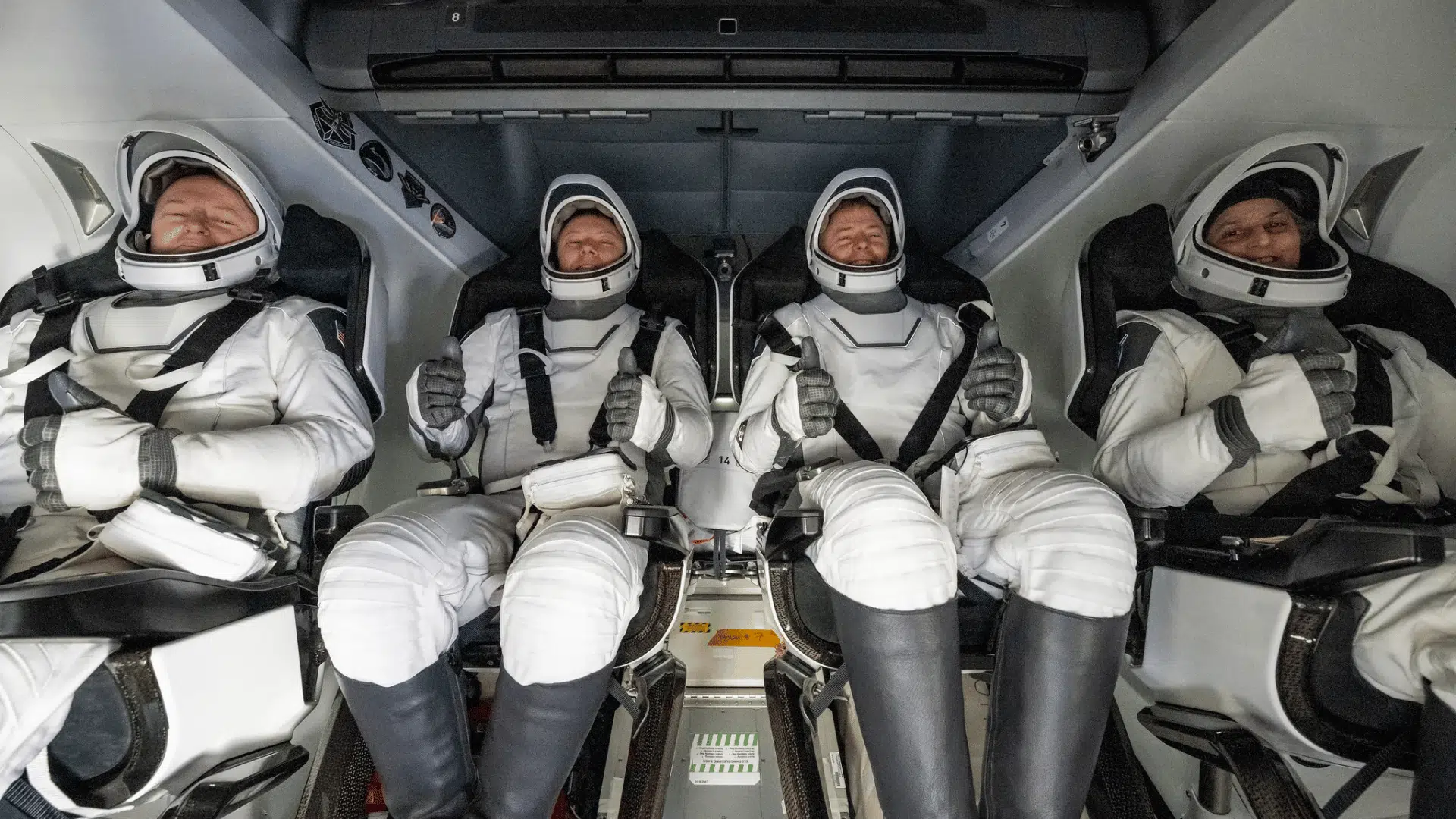

Image Source: NASA
SpaceX and other private space companies structure astronaut salaries differently from government agencies because they operate as businesses without public pay scales.
Commercial astronaut salaries at SpaceX are not publicly disclosed, but industry experts estimate they range from $100,000 to $250,000 per year, approximately, depending on experience and responsibilities.
The astronaut salary at private companies can be higher than government pay because these businesses compete for talented astronauts who might otherwise work for NASA or other space agencies.
How much astronauts get paid at SpaceX also includes stock options and bonuses that can significantly increase total compensation beyond base salary.
How Much Do Astronauts Get Paid in Other Countries?
Astronaut pay varies around the world, since each country sets salaries based on its economy, government policies, and investment in space programs. Below is a quick look at how much astronauts earn in different nations:
- Russia: Cosmonauts earn about $40,000 to $70,000 per year, which is lower than U.S. astronauts due to economic differences.
- Canada: Salaries are similar to NASA’s pay scale, since Canadian astronauts often train and work alongside NASA.
- Japan (JAXA): Astronauts earn about $60,000 to $120,000 per year, in line with other high-ranking government employees.
- Other Countries: Pay depends on the local cost of living, government policies, and how much the nation invests in space exploration.
How Astronaut Pay Has Changed Over Time
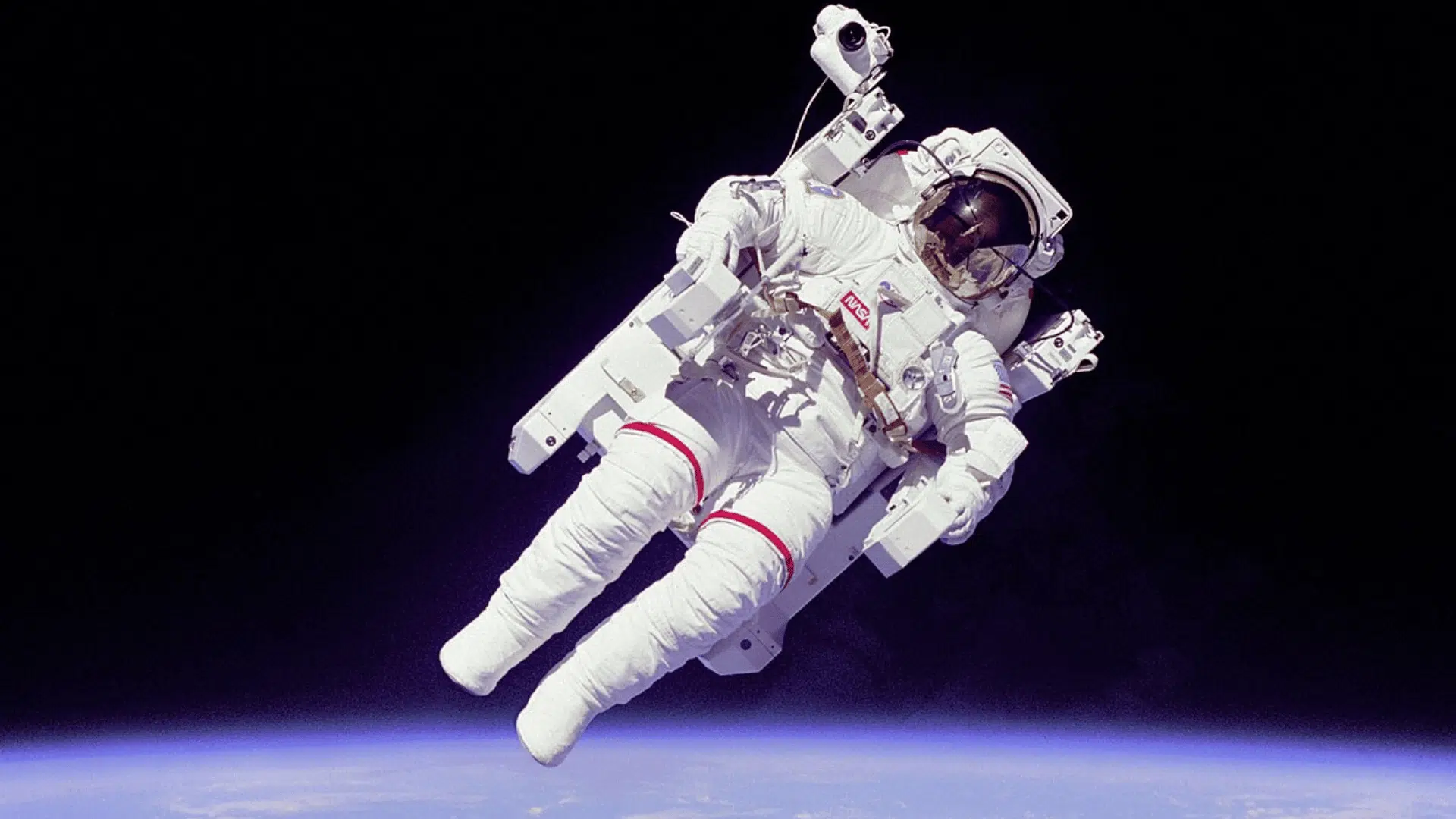

Image Source: Wikipedia, the free encyclopedia
Astronaut salaries have changed significantly over the decades, reflecting inflation, policy changes, and the evolution of space exploration programs worldwide. These changes also help answer the common question of how much does an astronaut make in different time periods.
| Era | Average Annual Salary (Adjusted for Inflation) | Hourly Rate | Notable Changes |
|---|---|---|---|
| Apollo Era (1960s-1970s) | Around $65,000 – $90,000 in today’s dollars | Around $31 – $43 per hour | Astronauts were primarily military test pilots receiving military pay plus hazard bonuses. |
| Space Shuttle Era (1980s-1990s) | Around $75,000 – $110,000 in today’s dollars | Around $36 – $53 per hour | NASA began hiring civilian scientist-astronauts, creating new pay grades for non-military personnel. |
| Early ISS Era (2000s) | Around $85,000 – $130,000 in today’s dollars | Around $41 – $63 per hour | Salaries increased to reflect longer mission durations and more complex scientific work requirements. |
| Modern ISS Era (2010s) | Around $95,000 – $150,000 in today’s dollars | Around $46 – $72 per hour | Pay scales are adjusted for inflation and to remain competitive with the private aerospace industry. |
| Commercial Space Era (2020s) | Around $100,000 – $250,000+ in today’s dollars | Around $48 – $120+ per hour | Private companies offering higher salaries and stock options created upward pressure on government pay. |
| Artemis Era (Current) | Around $104,000 – $161,000 for NASA | Around $50 – $77 per hour | NASA salaries remain tied to government pay scales, while commercial astronaut pay continues rising. |
Astronaut Benefits and Perks Beyond the Paycheck
Astronaut benefits and perks beyond salary provide significant value that makes the total compensation package much more attractive than base pay alone.
- Healthcare coverage: It includes comprehensive medical, dental, and vision insurance for astronauts and their families at minimal cost.
- Retirement plans: They provide generous pension benefits after 20+ years of service, securing astronauts’ financial future after their space careers end.
- Housing assistance: It helps astronauts afford homes near training facilities in expensive areas like Houston, Texas, or Cape Canaveral, Florida.
- Travel opportunities: It allows astronauts to visit schools, conferences, and international partners while representing their space agency worldwide.
- Education support: covers advanced degrees and specialized training that help astronauts develop new skills throughout their careers.
- Life Insurance policies: They protect astronauts’ families during dangerous missions, providing financial security in case of accidents or fatalities.
Conclusion
The astronaut salary structure reveals a balance between fair pay, specialized training, and passion for exploration.
Astronauts may not become rich, but their work opens doors to science, innovation, and the future of humanity in space.
As commercial space travel expands and new missions aim for the Moon and Mars, salaries and benefits will likely grow to match the challenges ahead.
For anyone dreaming of space, the path is tough but rewarding, combining science, teamwork, and adventure into one extraordinary career that reaches beyond our world.


